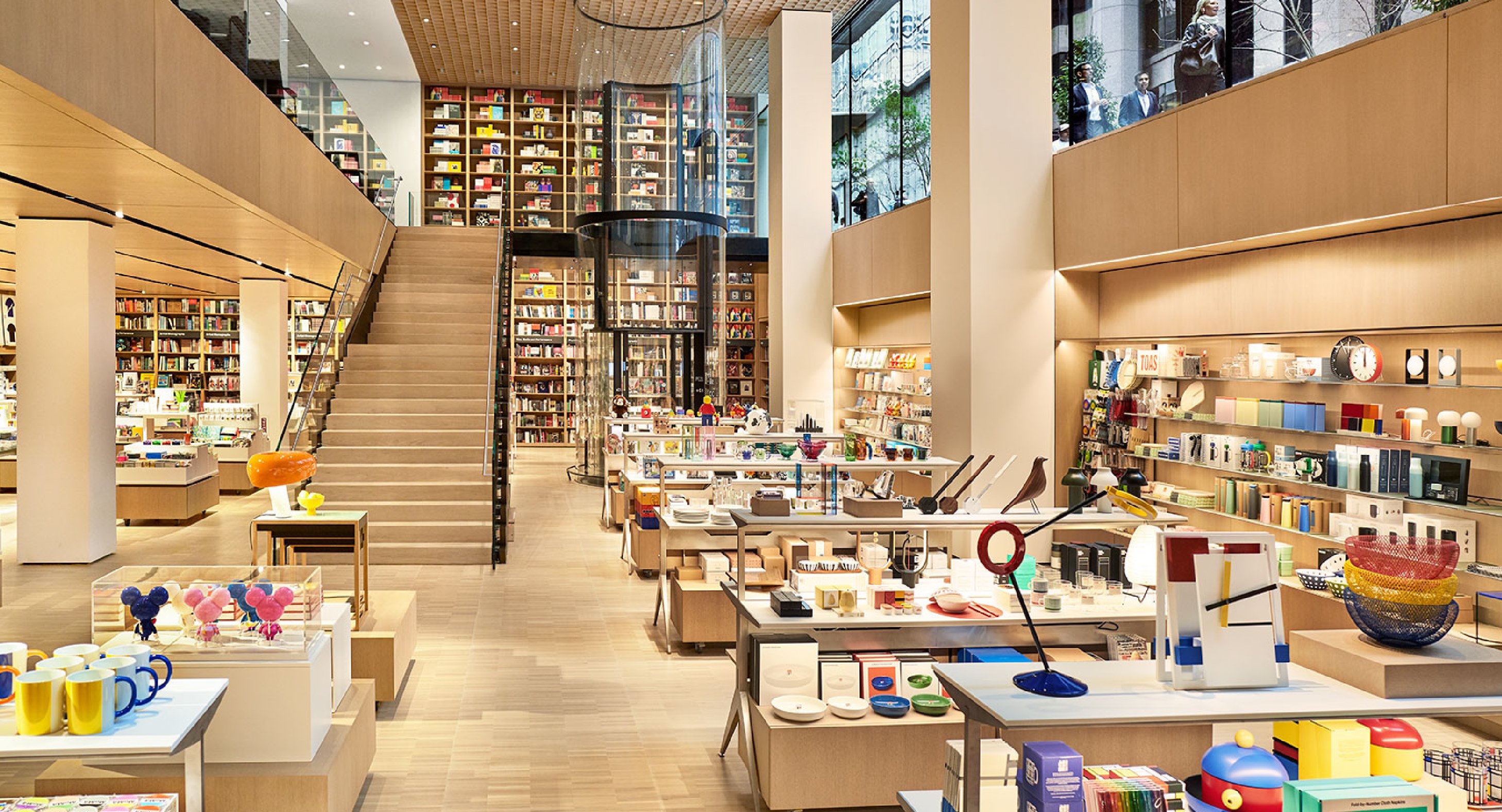Your retail floor plan plays a vital role in managing how your customer negotiates your store and the way in which retail traffic flows. Deciding which layout to choose takes a number of factors into account such as the size and type of store, the products you are selling and wanting to showcase and your target market. This is not necessarily just for bricks and mortar stores, as e-commerce stores also need to think very carefully about layout. It really comes down to how you are able to influence your customer’s experience once in your space. So what makes a successful floor plan and is it time to re-design yours to better influence customer experience and sales?
What are the key areas of your floor plan?
Store design: In a physical store this refers to how you strategically use your floor plan and management of space (including your fixtures, lighting, signage, displays and furniture). In an e-commerce store this refers to user experience and web design principles.
Customer flow: This refers to the behavioural patterns of the customer and how they decide to navigate through the layout. When strategically done, your customer will begin to interact with merchandise based on how the store is strategically laid out. Bricks and mortar stores are able to track this with analytics software and data from in-store video and WIFI signals. In an e-commerce store, cookies will give detailed insight in what the customer is looking at, for how long and why.
How can a floor plan help you better understand your customer?
It’s important to understand how your customer behaves when they shop. Are they taking their time, or rushing through. Do they prefer self-service functions or would they prefer help in navigating the store? If you know what your customer is likely to do, then you can anticipate and better serve their needs.
Should you lead your customer?
The jury is still out whether you should lead your customers in specific directions like clockwise or counter clockwise, in a physical store. This debate centres around whether it is more intuitive for right-handed shoppers to move clockwise etc. There is no definitive answer here and it is actually better to try it out and test the results or decide if it’s necessary in the first place.
Floor merchandise
In a bricks and mortar store it is important to have the right amount of product on the floor. This shouldn’t overwhelm the customer and should be convenient for staff to maintain and access. In an e-commerce store, of course the customers are looking at photos (rather than physical products) but the ‘merchandising’ is still important. In a digital space this refers to how the product is organized, photographed and listed. Products should be well photographed, high res and in true tones. All products listed must always be in stock and if it isn’t then there should be an ‘option to order’ so that you don’t frustrate your customer.
Layout can drive impulse purchases
We’ve all had the experience where we buy a chocolate at the till simply because it was there when the credit card was out. This was no accident because the retailer made sure there were many desirable items available to purchase which don’t cost a lot and don’t require big decisions. The same principle can be applied in e-commerce stores where check-out value adds can be suggested based on the shopper’s behaviour. Here you can simply offer them something inexpensive at check-out with an easy tick option to add to their existing cart.
Appeal to the senses
Where physical retailers have the upper hand is they can appeal to all the senses. So take advantage of this in your store with scent, touch, sound and taste and incorporate this into the look and feel. The more immersive a shopping experience, the better the chance of sales conversions.
Add space or sections
Does your store layout require more square meterage or in the case of an e-commerce store, could it benefit from more refined search sections? If you feel like your floor plan needs to breathe, or if you recently introduced a new product line that can be better showcased, this could be a good option. You can also consider changing up the layout to highlight best-selling products, create a more comfortable atmosphere and guide your customer with engaging signage.
The bottom line
Retail, whether online or in person, really requires thoughtful layouts and strategic planning. Sometimes this requires small tweaks of a cosmetic nature and other times real investment is required to give your shoppers the best possible chance of finding and buying what they need. When done well, these investments pay for themselves in the form of happy returning customers. So to fund your store’s next layout refurbishment in the next 48 hours, contact Merchant Capital today.

